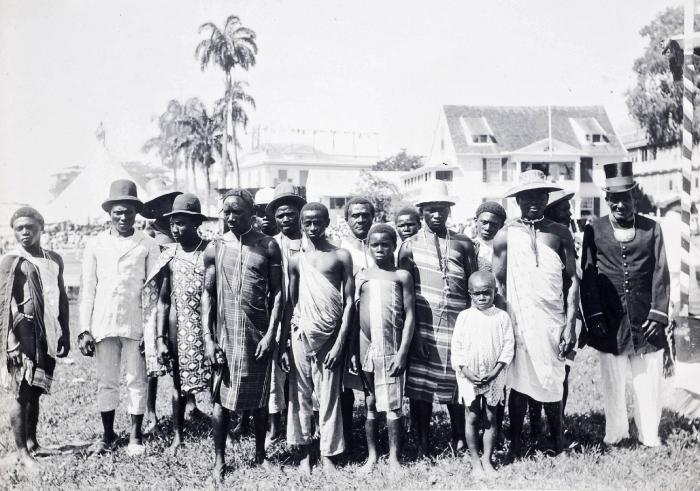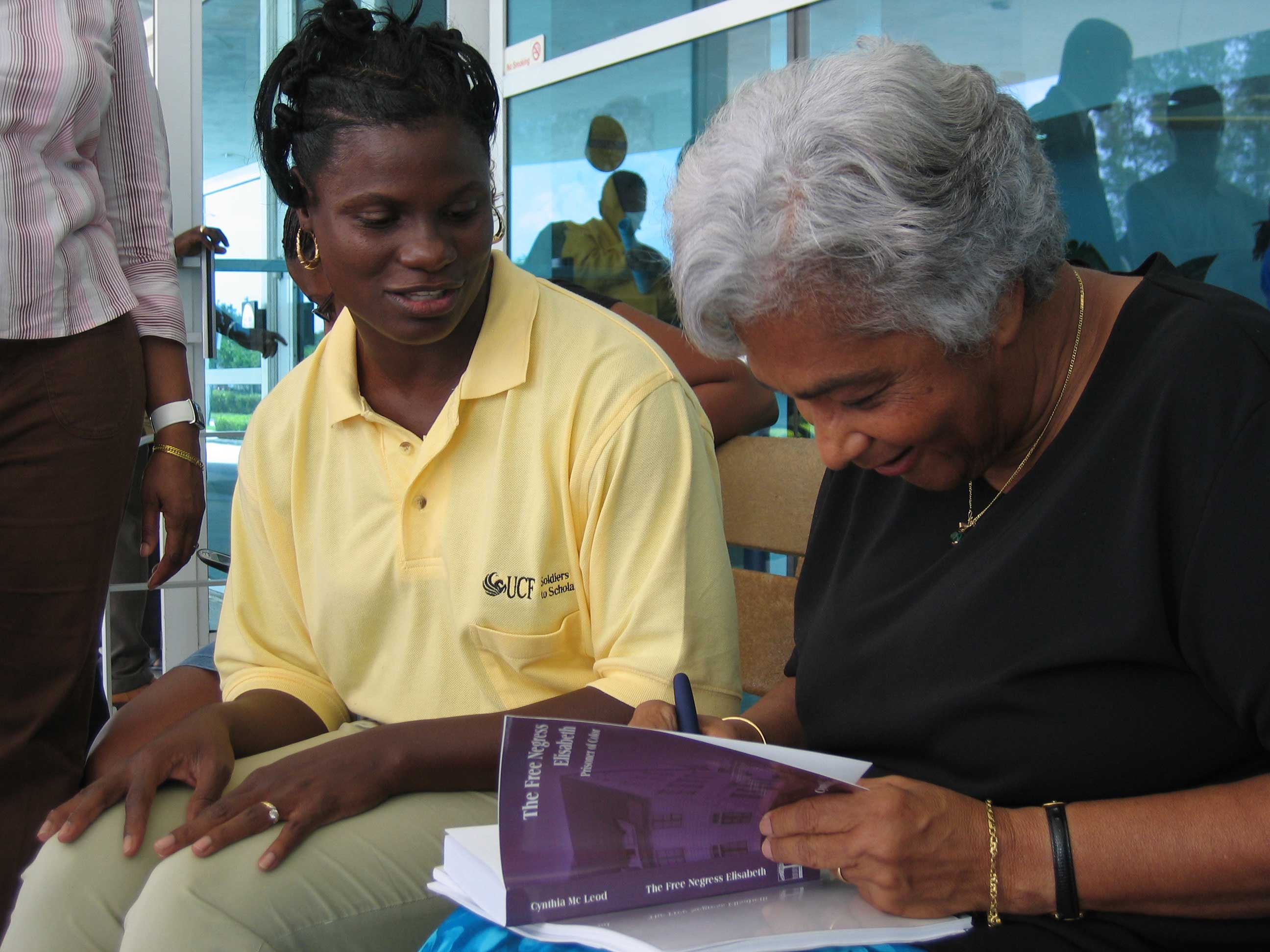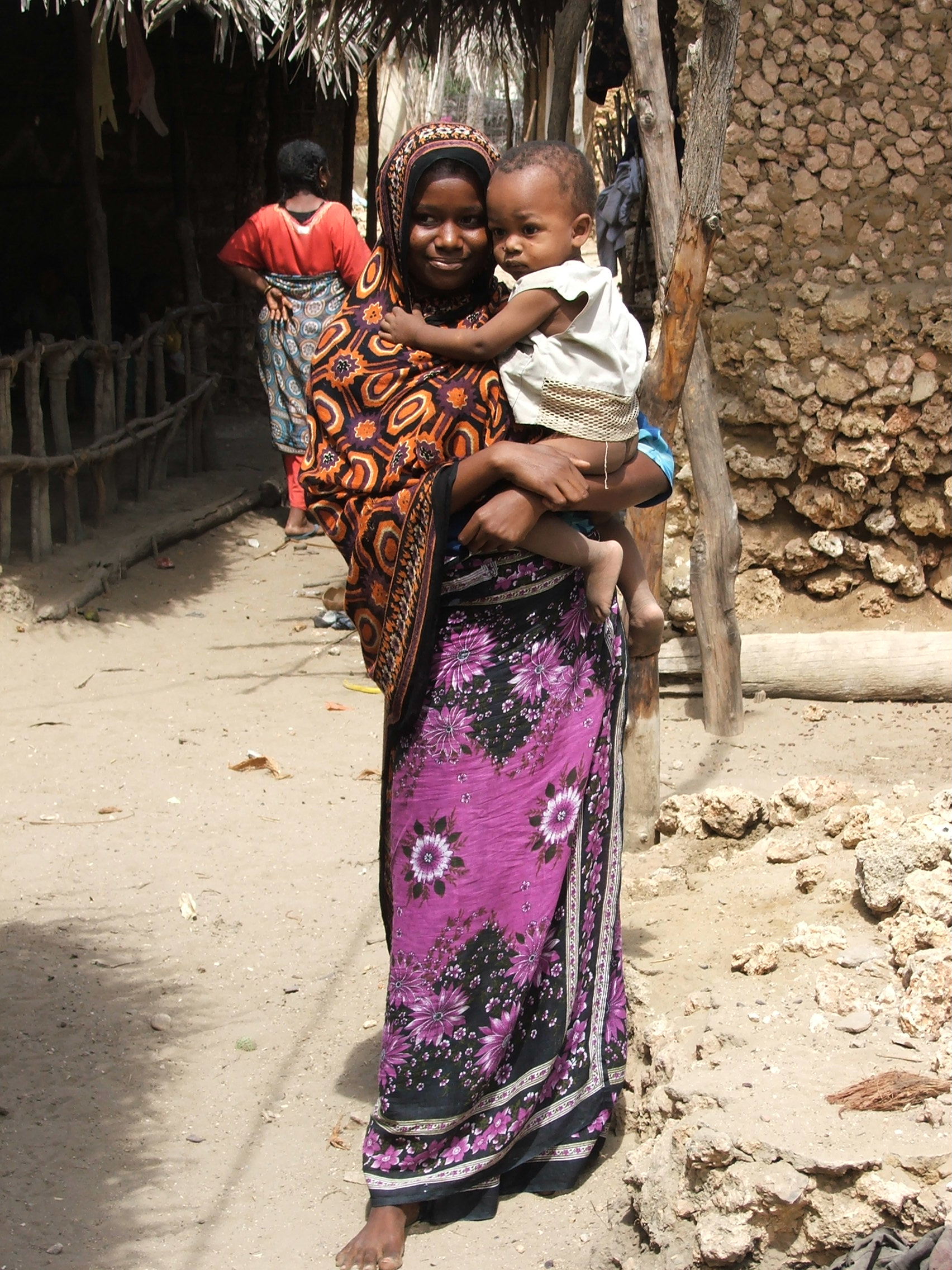|
Koto (traditional Clothing)
The koto is a traditional dress from the Afro-Surinamese or Creole women in Suriname. Women who wear the dress are called ''kotomisi''Suriname Facts Countryreports (''misi'' means miss in Sranan Tongo
Sranan Tongo (also Sranantongo "Surinamese tongue," Sranan, Surinaams, Surinamese, Surinamese Creole) is an English-based creole language that is spoken as a ''lingua franca'' by approximately 550,000 people in Suriname.
Developed originally amo ... ).
Different kotos exist for various occasions like weddings or funerals. The development of the koto as regular dress is not complete but it is still used in special occasions like the koto-dansi.
With the koto, women wear a h ...
[...More Info...] [...Related Items...] OR: [Wikipedia] [Google] [Baidu] |
Tropenmuseum Royal Tropical Institute Objectnumber 60005741 Creoolse Vrouw In Kotomisi
The Tropenmuseum ( en, Museum of the Tropics) is an Ethnography, ethnographic museum located in Amsterdam, Netherlands, founded in 1864. One of the largest museums in Amsterdam, the museum accommodates eight permanent exhibitions and an ongoing series of temporary exhibitions, including modern and traditional visual arts and photographic works. The Tropenmuseum is part of the Nationaal Museum van Wereldculturen (Museum of World Cultures), a combination of three ethnographic museums in the Netherlands. History Frederick van Eeden, father of the writer Frederik van Eeden, and secretary of the ''Maatschappij ter bevordering van Nijverheid'' ( en, Society for the Promotion of Industry) established the ''Koloniaal Museum'' ( en, Colonial Museum) in Haarlem in 1864, and opened the museum to the public in 1871. The museum was founded in order to show Dutch overseas possessions, and the inhabitants of these foreign countries, such as Indonesia. In 1871 the institute began research to in ... [...More Info...] [...Related Items...] OR: [Wikipedia] [Google] [Baidu] |
Afro-Surinamese
Afro-Surinamese are the inhabitants of Suriname of Sub-Saharan African ancestry. They are descended from enslaved Africans brought to work on sugar plantations. Many of them escaped the plantations and formed independent settlements together, becoming known as Maroons and Bushinengue. They maintained vestiges of African culture and language. They are split into two ethnic subgroups ( Creoles and Maroons). Origins Most of the enslaved people imported to Suriname came from West Central Africa (circa 61,500 slaves, 27% of the total number), Gold Coast (Ghana) (circa 46,000, 21% of the total), Windward Coast (circa 45,000, 20%), and Bight of Benin (more than 32,000, 14% of the total). Thousands of enslaved people also arrived from Bight of Biafra (circa 11,000, 5.0% of the total) and Sierra Leone (circa 3,600, 1.6% of the total). The total number of enslaved people was estimated at 220,000. The Akan people, Akans from the central Ghana were, officially, the predominant ethnic gr ... [...More Info...] [...Related Items...] OR: [Wikipedia] [Google] [Baidu] |
Creole Peoples
Creole peoples are ethnic groups formed during the European colonial era, from the mass displacement of peoples brought into sustained contact with others from different linguistic and cultural backgrounds, who converged onto a colonial territory to which they had not previously belonged. Often involuntarily uprooted from their original home, the settlers were obliged to develop and creatively merge the desirable elements from their diverse backgrounds, to produce new varieties of social, linguistic and cultural norms that superseded the prior forms. This process, known as creolization, is characterized by rapid social flux regularized into Creole ethnogenesis. Creole peoples vary widely in ethnic background and mixture and many have since developed distinct ethnic identities. The development of creole languages is sometimes mistakenly attributed to the emergence of Creole ethnic identities; however, the two developments occur independently. Etymology and overview T ... [...More Info...] [...Related Items...] OR: [Wikipedia] [Google] [Baidu] |
Women In Suriname
Women in Suriname are women who were born in, live in, or are from Suriname. Surinamese women may be ethnically East Indian, Creole/Afro-Surinamese, Javanese, Amerindian, Mixed, or of other ancestry. Many women of Suriname work in the informal sector and in subsistence agriculture.Suriname everyculture.com Surinamese women have been described as the "emotional and economic center" of the household (see matrifocality), particularly in Creole family groups. However, in traditionally patriarchal East Indian family groups, they have been described to act as subordinates, expected to obey cultural norms, such as not to practice living together with a partner without being married first and that the bride should maintain her virginity until consummation ... [...More Info...] [...Related Items...] OR: [Wikipedia] [Google] [Baidu] |
Suriname
Suriname (; srn, Sranankondre or ), officially the Republic of Suriname ( nl, Republiek Suriname , srn, Ripolik fu Sranan), is a country on the northeastern Atlantic coast of South America. It is bordered by the Atlantic Ocean to the north, French Guiana to the east, Guyana to the west, and Brazil to the south. At just under , it is the smallest sovereign state in South America. It has a population of approximately , dominated by descendants from the slaves and labourers brought in from Africa and Asia by the Dutch Empire and Republic. Most of the people live by the country's (north) coast, in and around its capital and largest city, Paramaribo. It is also List of countries and dependencies by population density, one of the least densely populated countries on Earth. Situated slightly north of the equator, Suriname is a tropical country dominated by rainforests. Its extensive tree cover is vital to the country's efforts to Climate change in Suriname, mitigate climate ch ... [...More Info...] [...Related Items...] OR: [Wikipedia] [Google] [Baidu] |
Sranan Tongo
Sranan Tongo (also Sranantongo "Surinamese tongue," Sranan, Surinaams, Surinamese, Surinamese Creole) is an English-based creole language that is spoken as a ''lingua franca'' by approximately 550,000 people in Suriname. Developed originally among slaves from West Africa and English colonists, its use as a ''lingua franca'' expanded after the Dutch took over the colony in 1667, and 85% of the vocabulary comes from English and Dutch. It also became the common language among the indigenous peoples and the indentured laborers imported by the Dutch; these groups included speakers of Javanese language, Javanese, Caribbean Hindustani#Sarnami Hindustani, Sarnami Hindustani, Saramaccan language, Saramaccan, and varieties of Chinese. Origins The Sranan Tongo words for "to know" and "small children" are and (respectively derived from Portuguese and ). The Portuguese were the first European explorers of the West African coast. A trading pidgin language developed between them and Afric ... [...More Info...] [...Related Items...] OR: [Wikipedia] [Google] [Baidu] |
Surinamese Culture
Surinamese culture has strong Asian, African and European influences. The population is mainly composed of the contribution of people from the Netherlands, India, Africa, China and Indonesia, as well as indigenous peoples who lived in the area, before the arrival of European settlers. Cultural events * New Year's Eve * Holi-Phagwa * Easter * Labour Day * Indian Arrival Day * Keti Koti * Javanese Arrival Day * Indigenous People's Day * Day of the Maroons * Chinese Arrival Day * Independence Day * Christmas Music Suriname is a South American country, a former colony of the Netherlands. The country is known for its kaseko music, and for having an Indo-Caribbean tradition. The term ''kaseko'' is probably derived from the French expression ''casser le corps'' (''break the body''), which was used during slavery to indicate a very swift dance. Kaseko is a fusion of numerous popular and folk styles derived from Africa, Europe and the Americas. It is rhythmically complex, with percu ... [...More Info...] [...Related Items...] OR: [Wikipedia] [Google] [Baidu] |
African Clothing
African clothing is the traditional clothing worn by the peoples of Africa. African clothing and fashion is a diverse topic that is able to provide a look into different African cultures. Clothing varies from brightly colored textiles, to abstractly embroidered robes, to colorful beaded bracelets and necklaces. Since Africa is such a large and diverse continent, traditional clothing differs throughout each country. For example, many countries in West Africa have a "distinct regional dress styles that are the products of long-standing textile crafts in weaving, dyeing, and printing", but these traditions are still able to coexist with western styles. A large contrast in African fashion is between rural and urban societies. Urban societies typically are exposed more to trade and the changing world, while it takes more time for new western trends to get to rural areas. By region In Northeastern Africa, particularly in Egypt, styles of traditional women's clothing have been influe ... [...More Info...] [...Related Items...] OR: [Wikipedia] [Google] [Baidu] |







